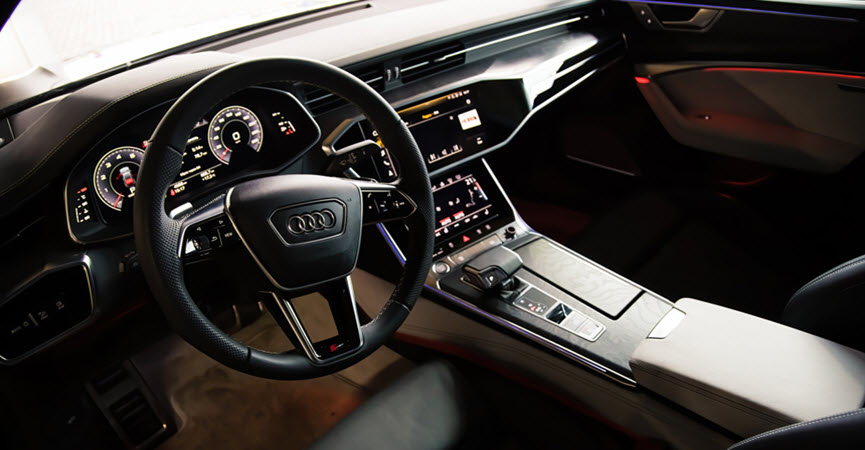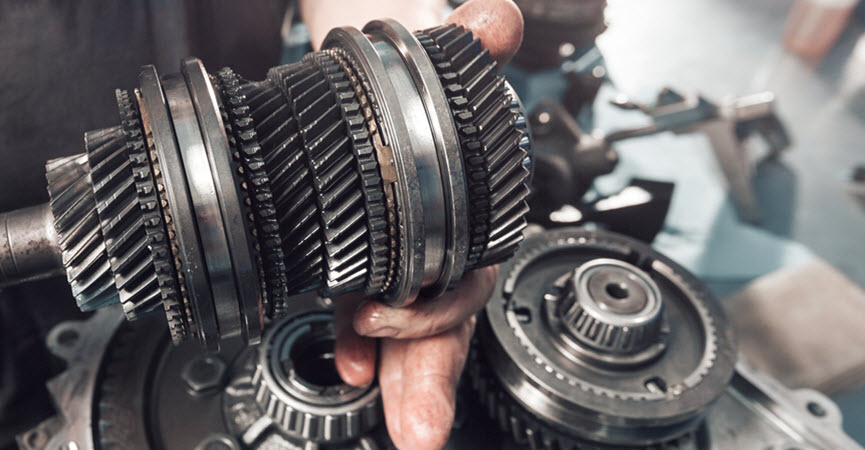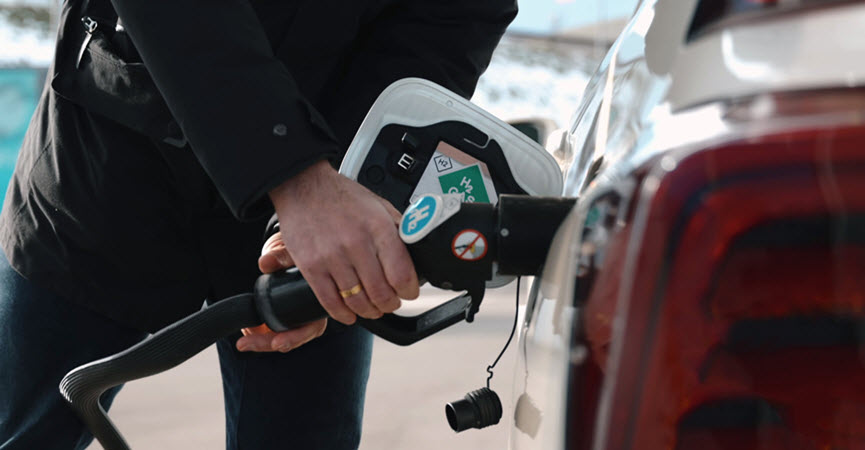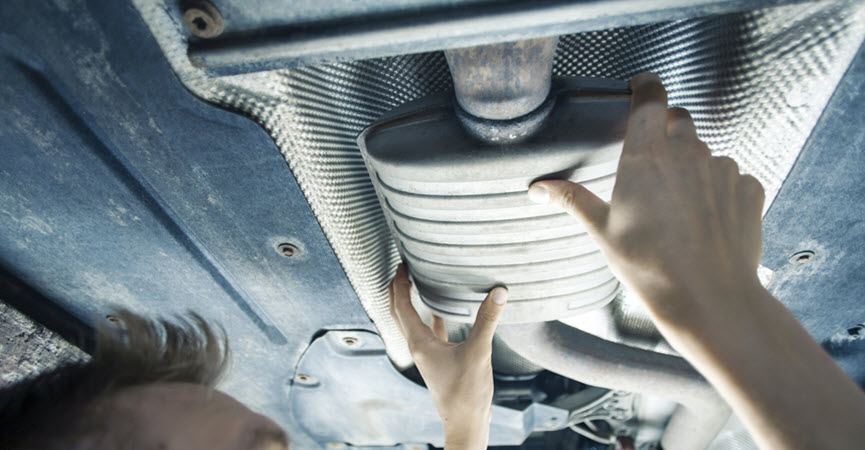
What is the S Tronic Transmission in your Audi & How to Use It?
S Tronic is Audi’s name for their dual clutch automatic transmission. S Tronic transmissions are designed to offer the best of both worlds: the fuel economy of a manual transmission with the convenience of an automatic.
S Tronic transmissions are available on a variety of Audi models, including the A4, A5, and A6. S Tronic transmissions use two clutches to engage the gears, one for odd-numbered gears and one for even-numbered gears. This allows for quick, precise shifts with no interruption in power delivery.
S Tronic transmissions also feature launch control, which allows the driver to make the most of the engine’s power when accelerating from a stop. For drivers who want the ultimate in performance and convenience, S Tronic is the way to go. Let’s dive into this amazing and fun transmission and what it can do to enhance your drive.
Inside the S Tronic System
The S Tronic transmission is a type of automatic gearbox that’s fitted to many Audi models. It’s made up of several parts, including:
The transmission control unit (TCU)
The transmission control unit, or TCU for short, is one of the most important parts in your car’s engine. It makes sure that you can change gears smoothly and efficiently. This enables faster driving conditions with less risk of accident, because it helps drivers maintain higher speeds without forcing them into sudden stops.
The clutch
The clutch in an S Tronic transmission is responsible for transferring power from the engine to the transmission. When the clutch is disengaged, it allows the engine to spin without turning the transmission. The clutch is controlled by a hydraulic system that is activated when you press the clutch pedal. The clutch pedal is connected to a master cylinder, which contains fluid that is used to pressurize the clutch system. The pressure from the fluid activates a series of pistons that push against the clutch plate, disengaging it from the flywheel. This allows the engine to spin without turning the transmission. When you release the clutch pedal, the pressure is released and the clutch plate is able to re-engage with the flywheel, transferring power to the transmission.
The gearbox
The gearbox in an Audi is a complex piece of machinery that is responsible for transferring power from the engine to the wheels. The gearbox consists of a number of gears that are meshed together, and each gear has a different ratio. When the engine is running, the gearbox is constantly spinning and shifting gears in order to provide the correct amount of power to the wheels. The gearbox is an essential component of any car, and it must be carefully maintained in order to avoid problems.
The differential
The differential helps to distribute power from one wheel to another for greater control in diverse situations like turning corners at high speeds.
Various sensors and Actuators
Transmission sensors, also called speed sensors, are used by the transmission control module to monitor the speed of the transmission gears. The transmission control module uses this information to determine when to shift gears. There are usually two transmission sensors; one for each gear.
In most cars, there is one actuator for each gear. However, Audi is an example of a car that has two actuators per gear. Each transmission sensor and actuator is specific to the transmission it is used in and is not interchangeable with other transmissions.
How to Enjoy the S Tronic Transmission
Audi’s with S Tronic transmissions have an extra shift paddle on the steering wheel, which is used to engage manual mode. To use S Tronic, simply put the car in drive and let the transmission do its work.
For regular driving, there is no need to use the paddle shifters. However, when more power is needed, engaging manual mode will allow the driver to select the desired gear. S Tronic provides quick and seamless shifts, making it a great choice for both performance and everyday driving! Audi’s S Tronic transmission is a great option for those who want the best of both worlds, and the fun that comes with driving a performance sports car.

We are Your S Tronic Transmission Experts
JCL is your Audi specialist in the Hellertown area. We are conveniently located to serve our neighbors in surrounding communities, including:
- Allentown
- Bethlehem
- Easton
- Quakertown
Whether it’s annual maintenance or emergency repairs, our friendly staff is here to help so please, call or visit our shop today for an appointment or with any questions you may have about service.
* Audi A7 Car image credit goes to: Dmitrii Guldin.


